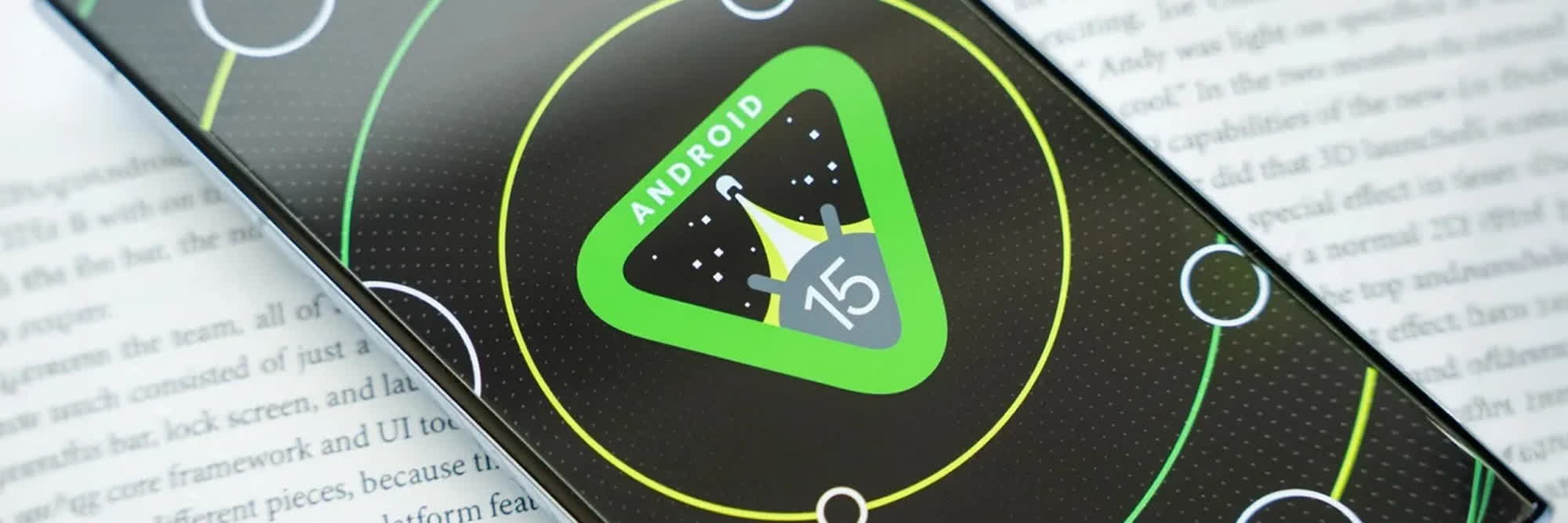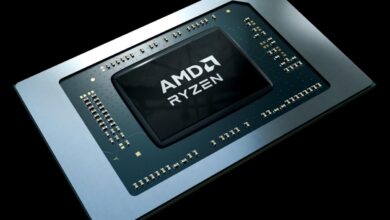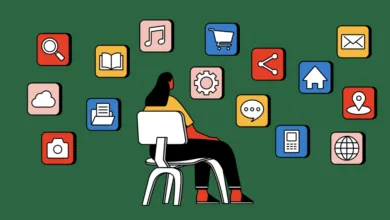Android 15 might come with an improved desktop mode

Serving tech enthusiasts for over 25 years.
TechSpot means tech analysis and advice you can trust.
Forward-looking: Google introduced Android “desktop mode” in 2019 with Android 10. However, it was almost exclusively designed for developers. More recently, the company has improved the feature with additional controls, which could mean a more user-friendly desktop mode is coming for regular users.
Android 15 could include a somewhat usable desktop mode to make the OS a more competent productivity platform. Google shifted its focus to improving its desktop mode in 2022, and a recent update to Android 14 is already showing some promising results.
Google initially designed Android’s barebone desktop mode to provide app developers with an advanced testing environment to check how apps would behave in multi-display scenarios. It had no intentions of making the mode available to the public, as it lacked some of the most basic features that desktop users have come to expect.
Android Authority reports that the most recent Android 14 QPR3 Beta 2.1 update includes a more refined desktop experience. The desktop mode is still hidden behind several flags, which means Google doesn’t want users to try it yet. However, the feature shows an improved window management system compared to what Android was capable of before.

Users can now freely resize and move app windows, making the mode more like a traditional desktop environment. The experience is only slightly hampered by the OS temporarily hiding the window’s content while resizing. Windows can also be dragged to either edge of the screen, offering an additional option to arrange apps on the screen, similar to the Snap feature in Microsoft Windows. Full-screen Android apps now allow opening the window in full-screen, split-screen, or freeform mode.
An improved desktop mode could attract people interested in using their phone as a temporary PC while on the go. However, it’s still unclear how Google will market the feature or whether it will support external peripherals such as a mouse and keyboard.
Android’s desktop mode still needs more development time. There are no proper “launchers” or keyboard shortcuts for window management, and few apps support the drag-and-drop option. For it to succeed, Google must encourage developers to implement support for desktop mode. Presumably, it will release API to aid them in the effort. Otherwise, Android’s native desktop mode can’t compete with third-party productivity environments like Samsung Dex or Motorola Ready For.


